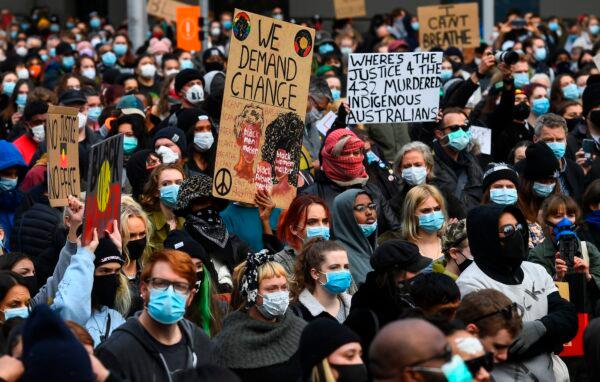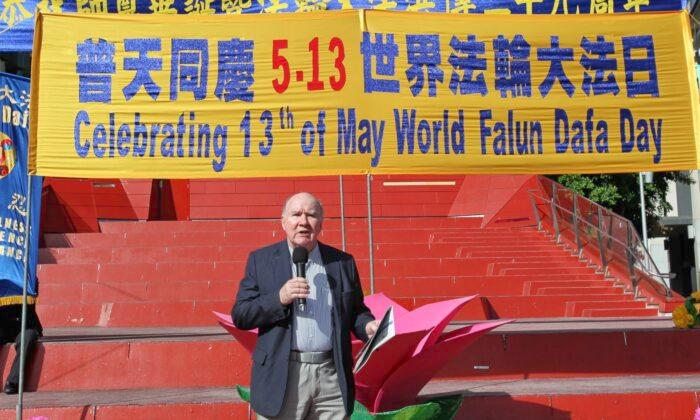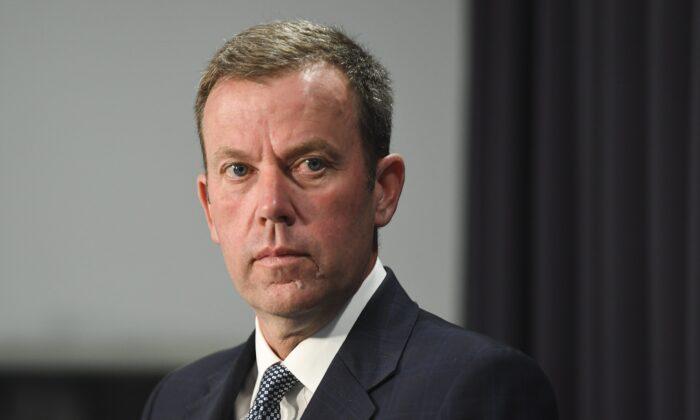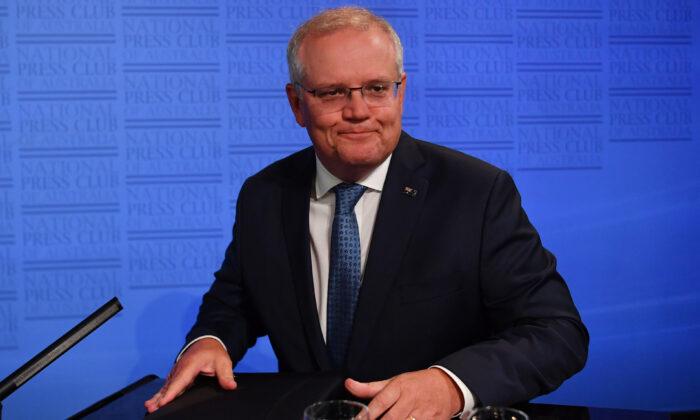Responding to a question about whether the protests were a “super spreader” event, Murphy said mass protests send a “very difficult message” to the rest of the community who were respecting all of the restrictions and the density rules.
“It makes it difficult for contact tracers as you can’t track who you have been next to,” he said, speaking about the difficulty of tracking community transmission at such events.
Murphy said that Australia has been “lucky” not to see any major transmissions of the virus from these mass protests, at a time when hundreds of thousands of new cases are being reported by other nations.

Australia’s chief medical officer said there is “the potential that people seeing that sort of gathering may have felt less compliant with the regulations in the other aspects of their life, so we still are very strongly discouraging these sorts of events.”
Victorian Opposition Leader Michael O’Brien expressed dismay that the impact of thousands of people taking to the streets to protest was not mentioned in Premier Daniel Andrews’ announcement.
Victoria is Australia’s Virus Hotspot
Victoria, already the focus of the federal government and the United States for refusing to abandon the CCP’s Belt and Road Initiative, is the focus again as the country’s biggest hotspot for the CCP virus.The Australian Health Protection Principal Committee on June 21 said Victorians should avoid travelling across the local government virus hotspot areas of Hume, Casey, Brimbank, Moreland, Cardinia, and Darebin.
The panel of chief health officers said outbreaks have been identified at these locations.
“We’ve had more than 120 new cases in the past seven days and the main cause for this increase has been through cases in families,” said Victoria’s Chief Medical Officer Brett Sutton.
“As a consequence, the Victorian Government has announced a tightening of the rules and has reduced the number of visitors you can have in your home to five. Outside of the home, people can now gather in groups of up to 10 only.”
Although the Victorian health department statement linked most of the new cases to either schools, child care centres, or stores, it did not state of the origins of the cases spread amongst families.






Friends Read Free